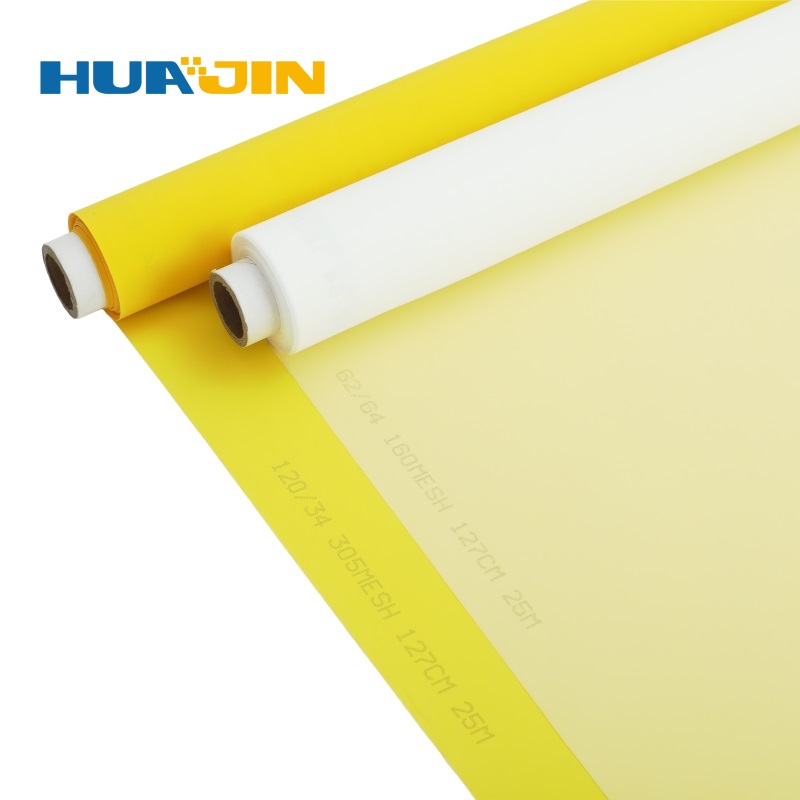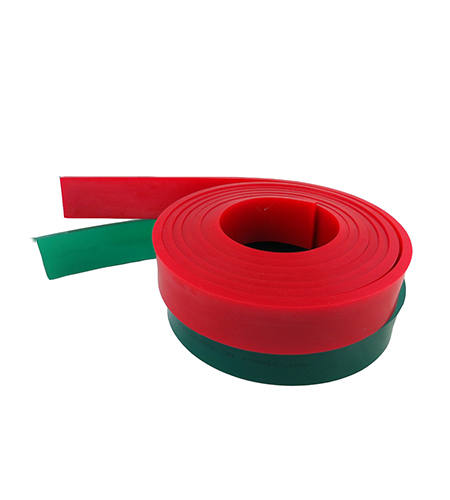The main reasons for the generation of bubbles are as follows:
1. Poor pre-press treatment of the substrate. In order to remove these bubbles, a defoaming agent must be used. The amount of defoaming agent added to the ink is generally about 0.1 to 1%. If it exceeds the specified amount, it will have a foaming effect. Even if the ink foams after transfer, as long as the humidity of the substrate and the fluidity of the ink are good, the bubbles on the surface of the printing ink film will gradually disappear, and the glass screen printing ink will form a flat printing ink film. If the glass screen printing ink bubbles are not eliminated, the ink film will form a ring-shaped uneven film surface. Generally, when the bubbles in glass screen printing ink pass through the screen, they can also be degassed due to the action of the screen;
2. Bubbles will also occur if the printing speed is too fast or the printing speed is uneven. The printing speed should be appropriately reduced to maintain the uniformity of the printing speed;
3. Static electricity fault: The electrostatic current is generally very small, but the potential difference is very large. At the same time, phenomena such as attraction, repulsion, conduction, and discharge can occur;
4. Adverse effects on screen printing. During printing, the rubber part of the screen and the screen become charged due to the pressure and scraping of the scraper rubber. The screen itself is charged, which will affect normal inking and cause blockage problems; it will be sucked by the screen at the moment when the substrate is output;??
5. Methods to prevent static electricity. Methods to prevent the generation of static electricity include: adjusting the ambient temperature and increasing the air humidity. The appropriate temperature is generally around 20°C and the relative humidity is around 60%; static electricity can be transmitted in humid air; reduce the network distance. , reduce the printing speed.
Gloss properties:
1. The flat ink will be baked immediately after printing;
2. After printing for 3 hours, bake it into glossy ink;
3. Add a little more thinner and bake it into glossy ink.
dry:
1. After adding 8:1 hardener, dry naturally and surface dry for 40-60 minutes; actual drying takes 12-24 hours;
2. After adding 8:1 to 10:1 hardener, it can be baked at a low temperature of 80-120 degrees for 30 minutes. If baked at 120-150 degrees for 10-30 minutes, the solvent resistance and adhesion will be better. ??
Printing method: silk screen, pad printing.
Resistance:
1. After the ink is completely dried, the ink film will show good adhesion, alcohol resistance and abrasion resistance.
2. Because it can be baked without baking and at low temperature, it is suitable for printing on materials such as reinforced acrylic, mobile phone lenses, plastic electroplating surfaces, and plastic UV spray surfaces.
3. For special materials, products with high requirements for alcohol resistance, sweat resistance, wear resistance, etc., such as machine metal knobs, anodized aluminum digital camera cases, glass cosmetic bottles, metal eye legs, etc., bake at 120-150 degrees for 10- The effect will be better after 30 minutes.
Scope of application: metal, electroplated surface, ceramics, painted surface, reinforced acrylic, hardened acrylic, UV spray surface, flame-treated PP, PE, etc.; has good adhesion effect on hard materials.




